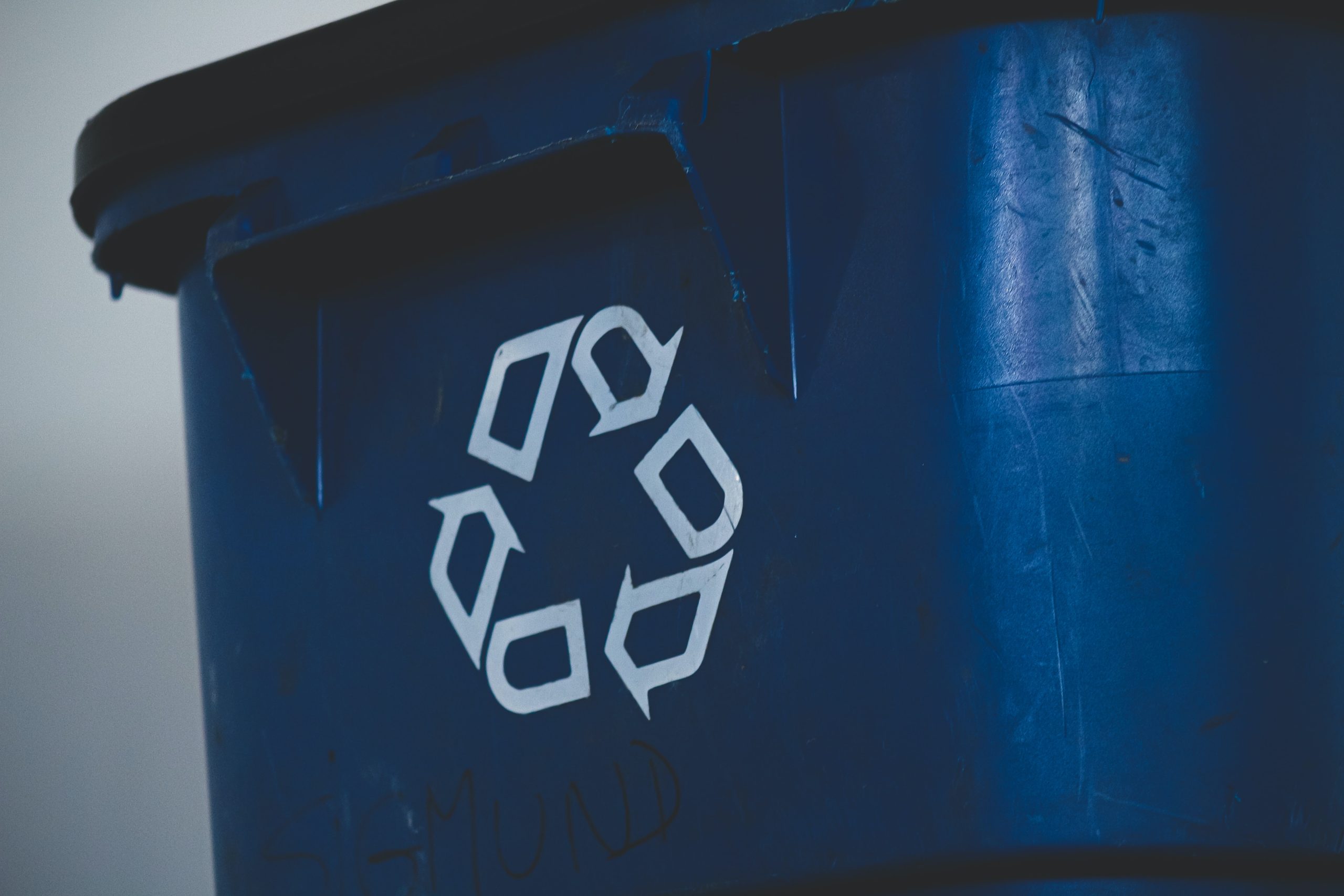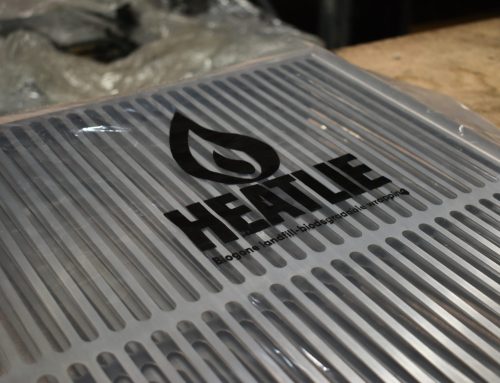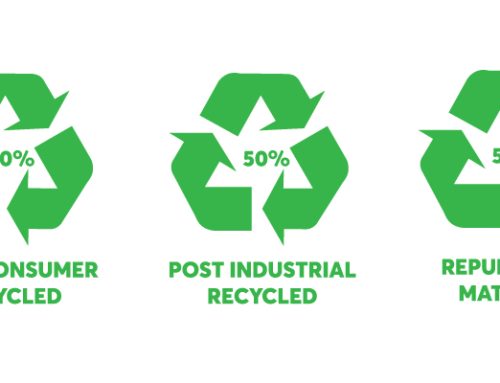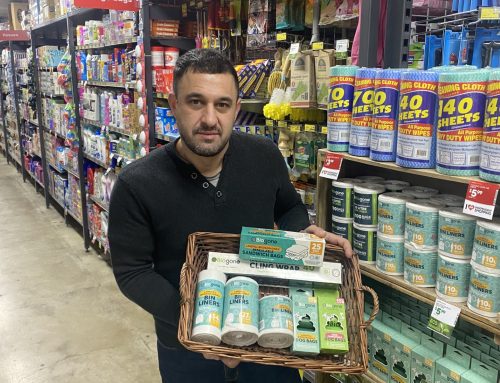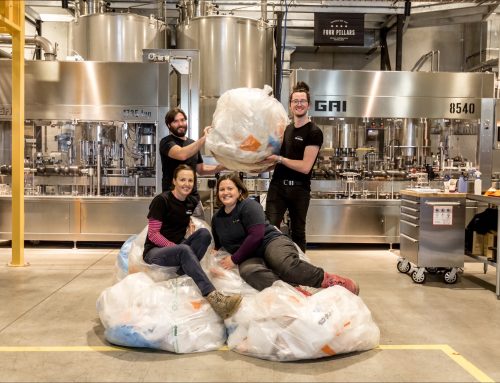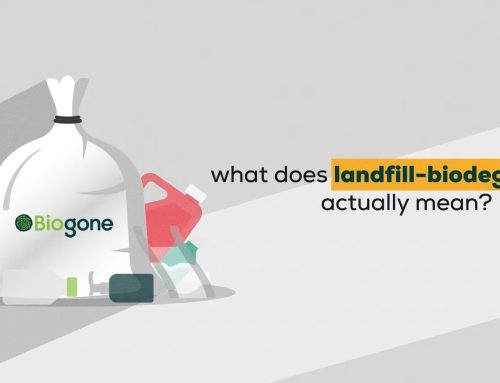Author: Dr. Ross Headifen (PhD)
Ross Headifen has a PhD in Mechanical Engineering and has 28 years of experience developing sustainable and environmental industry products. Ross is co-founder of landfill biodegradable plastics brand Biogone and environmental equipment supplier FieldTech Solutions.
After the export of Australia’s plastic waste was stopped, the circular economy has become the buzz phrase over the last few years and has been a focus for government and industry alike. Suddenly, we had nowhere to ‘recycle’ our plastic waste, but what almost everyone didn’t understand was that sending our plastic waste offshore was doing very little to drive recycling in Australia.
With the sudden stop and no alternate plans to deal with it, Australia was left in a lurch. Our circular economy plans were rolled out with targets to reach certain recycling amounts and to do away with excess packaging and unnecessary plastic. Now as we approach some of these target goals, reality is starting to set in that we are not going to meet them. It’s going to take much longer to achieve these goals than the optimistic plans that have been developed the last few years.
There are several points needed to help make effective change:
- Industry needs to change product design and materials, and be involved in extended producer responsibility programs
- Governments need to bring regulatory pressure to push the sustainability of the economy in a different direction, by incentivising industry to make sustainable change and introduce a in a virgin materials tax
- Consumers need to change their lifestyle, consumption habits and pay a lot more attention to what they do with their waste
- Australia needs to build in a large amount of infrastructure to collect ‘waste’ and bring it back to processing facilities
All this must be achieved without making recycled material more costly than virgin materials, otherwise there is little incentive for the recycled materials to be used.
What is becoming clearer is that the circular economy is going to take a long time to bring to fruition. In addition to these hurdles, there is the issue of how the plastic ‘waste’ will be recycled.
We currently only process and ‘recycle’ about 15 per cent of our 3.5 million tonnes of plastic waste. This 15 per cent is misleading, as it encompasses all plastic that is collected and repurposed for other more basic products or applications like putting in roads, or outdoor bollards.
Repurposing is not recycling. It is not collecting the waste, processing it, and returning it to the original manufacturers for them to use to make more products without using more virgin plastic.
The displacing of the use of virgin materials with recycled materials to make more similar products is the definition of a circular economy.
There are several pilot programs underway across Australia to recycle plastic using some advanced recycling process. Most centre around the pyrolysis or some modification of it. It is the melting of plastic in the absence of air to make a liquid that can be used to make new plastics. The process is energy intensive, requires separation of plastic types, has a lot of by products to manage and requires a market for the final product. This has been tried and failed many times before overseas.
However, with improvements in technology and incentives, this may yield one way to effectively process some plastic waste. Landfill-biodegradable plastics can be considered as a way to complement the move to a circular economy. All the millions of tonnes of plastic that will be manufactured and eventually sent to landfills, while the circular economy is being developed, can be made to naturally biodegrade away. They will biodegrade over decades rather than persisting for
many centuries.
Making landfill biodegradable plastic is accomplished by adding a small amount of inert organic supplement made up of highly biodegradable polyesters, to the parent plastic. Then once in a modern landfill, the microbes see the polyesters as a food source and colonise onto the plastic.
As they digest the food, they release enzymes that attack the plastic under them to break off non plastic intermediates which the microbes can consume as more food and then release more enzymes.
The landfill-biodegradable technology can be applied to most forms of plastics. PE, PP, PVC and more with the same results. A high accelerated rate of biodegradation compared to a conventional plastic.
Recyclability where the landfill-biodegradable technology complements the circular economy is in recycling. A plastic product made landfill biodegradable is just as fully mainstream recyclable as conventional plastic would be.
The supplement is an organic food source that sits alongside the polymer chain. It does not interact with the chain, so the plastic polymer retains all its original properties and therefore its recyclability.
Hence, consider the development process of the circular economy, starting off from essentially zero now and almost all plastic waste is being disposed of.
Then as time goes on, more plastic is recovered and recycled and less goes to landfill.
All the while, the plastic that is being sent to landfill will be able to biodegrade away and that plastic that is able to be sent for recycling can still be recycled with no compromise from the supplement. The same applies to plastic that is repurposed into the more basic products.
The inert supplement will remain there with no interaction with the polymer chains and the new products will look and perform just like they would made from conventional plastic waste. Even with all this, it is inevitable that there will be residual plastic waste that will never make it to any recycle process for several reasons. This will always be disposed of and having it premade landfill-biodegradable will allow it to biodegrade away if disposed to a modern landfill. This is a substantial win for the environment with respect to plastic waste.
Benefits of landfill-biodegradable plastic technology
- No shelf-life issues. The inert supplement has no impact of the plastic material until the plastic is disposed to a modern landfill
- The supplement has US FDA approval for food contact, allowing landfill-biodegradable food packaging to be produced
- No actively formed microplastics. With the landfill-biodegradable technology, the inert supplement has no impact of the polymer chain and hence no microplastics are caused by its presence
- 76 per cent of Australian household waste goes to landfill providing waste to energy recovery. Allowing plastics to biodegrade allows them to contribute to this and displace energy that would otherwise be potentially derived from coal sources
- To make a product landfill-biodegradable does not require any change of production machinery. The addition of the polyester supplement is the only change for a small price increment
Limitations of landfill-biodegradable plastics
No one product will solve the plastic waste pollution problem. Landfill-biodegradable plastics look and perform just like conventional plastic items and if disposed to a modern landfill offer accelerated biodegradation.
However, they will all photo degrade in sunlight just like a any plastic as the UV radiation directly attacks the polymer chain in the plastic.
Should a plastic, made landfill-biodegradable, get into the oceans, there are no microbes there to digest the plastic away.
Why compostable materials don’t complement the Circular Economy
Unlike landfill-biodegradable plastics, compostable plastics are:
- Not recyclable so have to be disposed after use. They promote the linear economy
- Home compostable products have 12–14-month shelf life before they start to fall apart, which leads to dumping of expired products before they can be sold
- Commercial compostable products must go to a special compost facility to biodegrade. If sent to a landfill, that environment is too cold and lacks oxygen for the material to biodegrade
- Should a compostable product be sent to a place where it can biodegrade, it is converted to CO2 directly, thus any chance of capturing its embodied energy for power generation is lost
- Even though a compostable product may partially be made of plant material, it still biodegrades to CO2, so it’s having no benefit to reducing carbon concentration in the atmosphere
Plastic waste is going to be going to landfills for many years to come. Landfill-biodegradable technology can help this undesirable outcome without affecting any recycling processes as they develop and mature.

